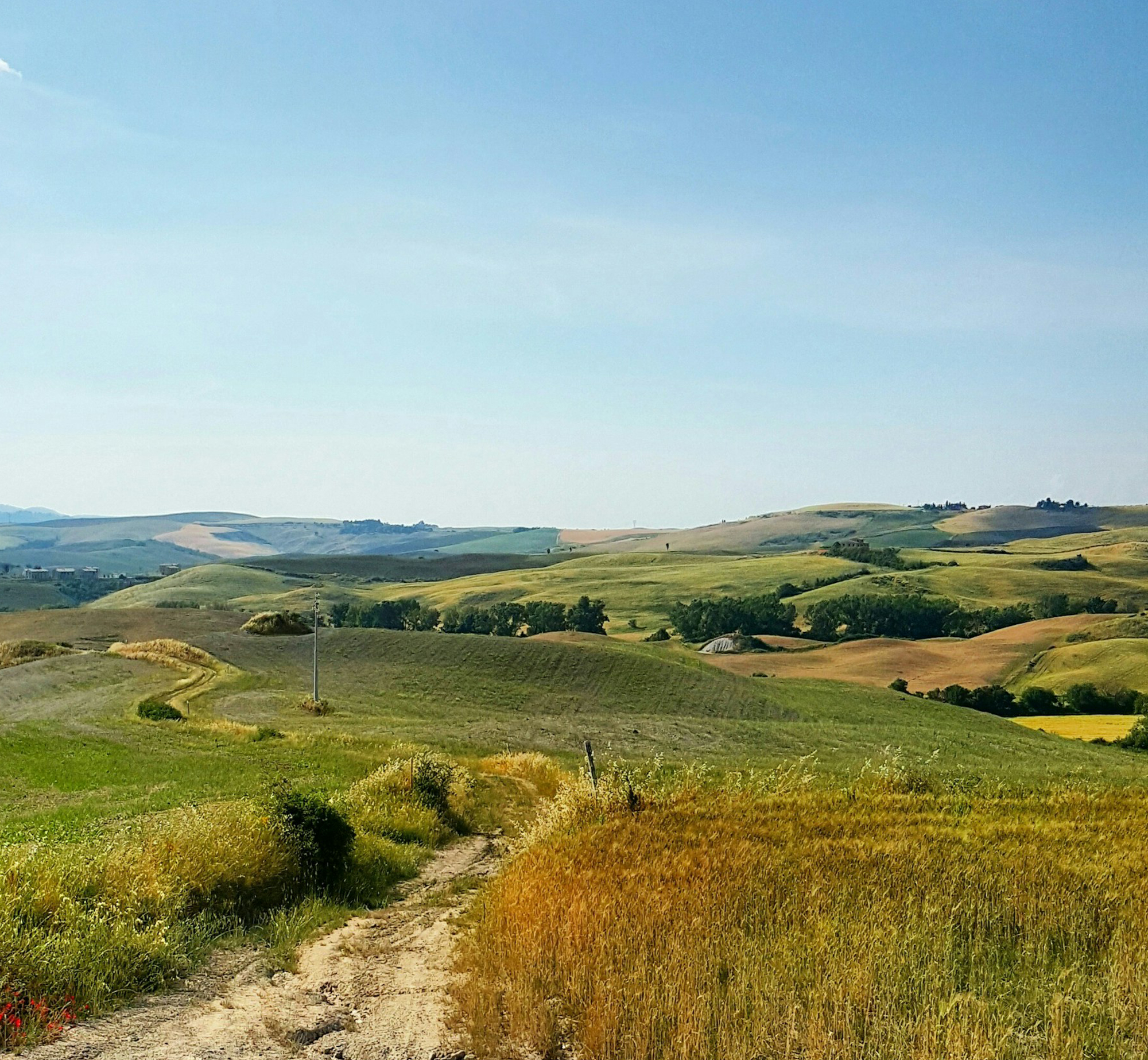North-East Scotland, UK
Territory: Inner area
Inhabitants: 915,000
Area: 16,274 sqkm
Main occupations: Health and social work, retail and wholesale, professional and technical services, accommodation and food services, education, manufacturing
Protected areas: Parts of Cairngorms National Park, many National Nature Reserves ans Sites of Special Scientific Interest, area intersects two of five pilot Regional Land Use Partnerships
In North-East Scotland, farming as well as food and drink value chains are highly significant economically, e.g. barley crop, malting, and whisky distilling but also soft fruits. The geographic area is a focus for tourism, with cultural and historic sites of global renown, including Royal Deeside, three of the major road routes into the Cairngorms National Park, the main rail route to northern Scotland, and two of Scotland’s largest cities on its eastern flank: Aberdeen and Dundee. The influence of those cities includes rural locations of residences and businesses in support of the oil and gas industry, and associated skills. This is also reflected in micro-businesses in services, e.g. information technology and demand for artisan products complementing that of tourists.
The types of challenges the region faces are weak transport links through and between areas, weak digital connectivity, a need for human capital (contemporary skills), development of social capital (communities) and financial capital (investment). It also faces challenges of seasonal patterns of employment, e.g. in tourism and farming, and in adapting to new regulations and public policies.

Our ambition
We seek to extend our European networks and to collaborate with other partners to gain skills and assistance with the feasibility of implementing technological solutions. A core aim is to translate science, technical and social innovation into operational uptake for tackling climate mitigation and adaptation.
A requirement for achieving this aim is strengthening the innovation ecosystem of local research, education and training centres, businesses and the capacities of rural communities by ensuring engagement with entrepreneurs and innovators.
Each of the development drivers that we are addressing and depicted here reflects social or economic strengths and development opportunities of the area, with several actors linked across multiple drivers, including the two local RURACTIVE partners, the James Hutton Institute and GrowBiz As such, solutions which are designed to address these drivers should contribute to an integrated and holistic approach to boosting the sustainable development of the area.
This makes us unique
The area of the dynamo is a significant focal point of international tourism. Three of the tourism management areas identify the scenery and landscape as the most significant attraction. For Perthshire, 74% of visitors identified that was the principal reason for visiting, creating 924,000 visitor nights and £196m expenditure. It was the principal attraction for 50% percent of visitors to Aberdeen city and Aberdeenshire with 1.34 m visitor nights and £421m expenditure, and 40% of visitors to Dundee and Angus with 367,000 visitor nights and £80m expenditure.
The drama and quality of its landscapes are reflected in arts, notably the national poet, Robert Burns, in his poem and song 'The Birks of Aberfeldy', inspired by the view of the woodlands and waterfall during his visit in 1787. Its historical and cultural heritage includes the castle of the Royal Family at Balmoral, and those of historic Scottish families at Glamis, Scone, and Blair Atholl. The Atholl Highlanders are a ceremonial infantry regiment, founded in 1777, and believed to be the only remaining private army in Europe.
The area includes two of the six regions of whiskies in Scotland, Speyside and Highland, including the oldest, Glenturret, established 1775 and smallest, Edradour.
On 10 January 1982 it was the location of the coldest temperature recorded in the UK of −27.2 °C (−17.0 °F), at Braemar, Aberdeenshire (matched in Altnaharra, Highland in 1995).
Local Task Force
Senior Executive in Economic Development
Alford Men’s Shed, formerly Senior Researcher at The James Hutton Institute
Local Community Trainer and Director of Tacit Tacit, design agency
former Director of Planning & Place at the Cairngorms National Park Authority
Development Worker at Angus Tourism Cooperative
Honorary President at Scottish Rural Action, Director and Coordinator at European Rural Community Alliance

